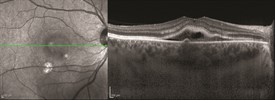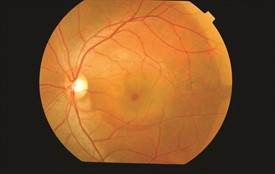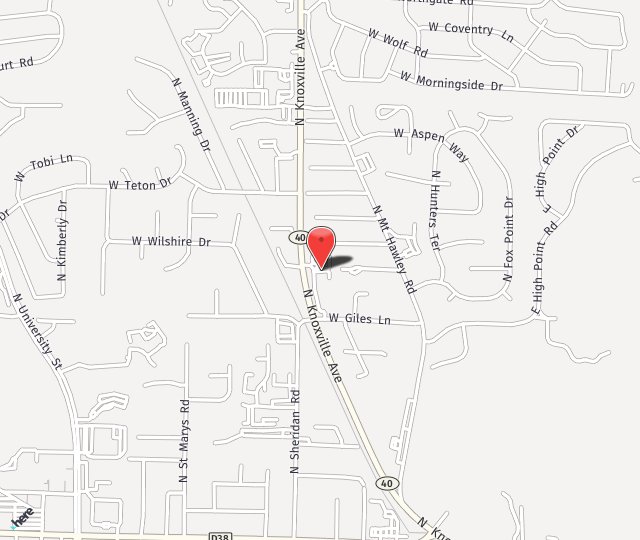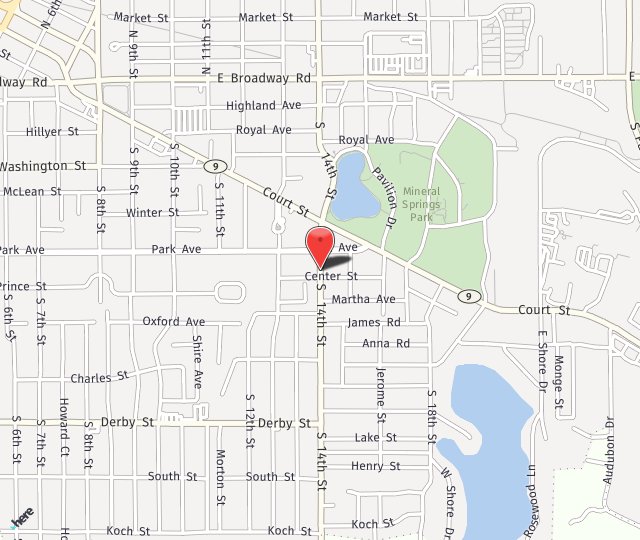Stress can cause a condition called Central Serous Chorioretinopathy, commonly referred to as the CSC is condition in which fluid accumulates under the retina. CSC is only one of many diseases that causes fluid to accumulate in the retina.

CSC most often occurs in young and middle-aged adults. Men develop this disease more commonly than women although the reason why is unknown. Vision loss associated with this disease is usually temporary but at times can be recurrent or chronic. In the practice setting, it is commonly seen in “The Type-A personality”.
Have you ever been labeled a “control fanatic” or Type-A personality? If so, you may be at a higher risk for this ocular pathology.
Symptoms
Blurry central vision, which often occurs in one eye, is the most common symptom that patients experience; however, careful examination often reveals some involvement in the other eye as well.
Depending on the location and amount of sub-retinal fluid, CSC can show no symptoms, especially if the affected areas fall outside of the macula—the part of the retina used to distinguish fine detail for activities like reading and recognizing faces.
Causes
The causes of CSC are not fully understood. It is thought that systemic exposure to a corticosteroid drug can bring about or worsen CSC. Corticosteroids are found in allergy nose sprays and anti-inflammatory skin creams available over the counter and are often prescribed to treat a variety of medical conditions.
An association has also been made between CSC and patients with emotional distress and/or “type A” personalities. It is possible that the body produces natural corticosteroids in times of stress that may trigger CSC in an individual prone to this condition.
Patient’s with high blood pressure, heart disease and those with a recent or current pregnancy are at a higher risk rate than others.
Diagnosis
Your Ophthalmologist will need to conduct a fully dilated exam and obtain imaging of the retina to diagnose your symptoms.

Fundus photos (imaging of the back of the eye) and or OCT (optical coherence tomography- shows the layers of the retina) will help your physician in the diagnosis and management of CSC.
Fluorescein Angiography (FA) is also helpful in the diagnosis and monitoring of this disease. This test involves a water-soluble dye that is injected into a vein in the arm and photographs are taken in sequence to assess for leakage. This test acts like a “liquid highlighter” to show any bleeding, leaking or swelling in either eye. This test, along with the OCT, allows your Ophthalmologist to distinguish this type of swelling versus other macular edema from other pathologies.
Treatment
Several therapies are used to treat this disease, including laser treatments, oral medications or ocular injections.
Depending on severity and timeline of your symptoms, your Ophthalmologist will choose the best treatment option. Early detection of CSC is very helpful, and in most cases can be treated successfully to avoid permanent vision loss.
Please call Bond Eye Associates to schedule your yearly health vision exam with confidence knowing that they have been a trusted, locally owned, medical practice for over 40 years. They are accepting new patients in both of their locations: Peoria and Pekin, IL. Please call 309-692-2020 to schedule an appointment or click here.


